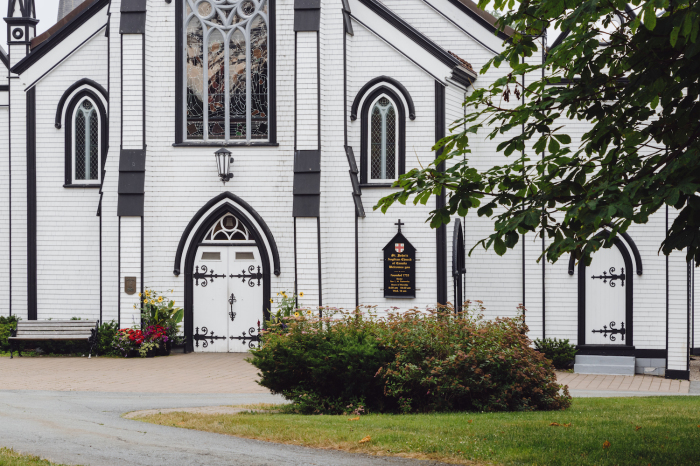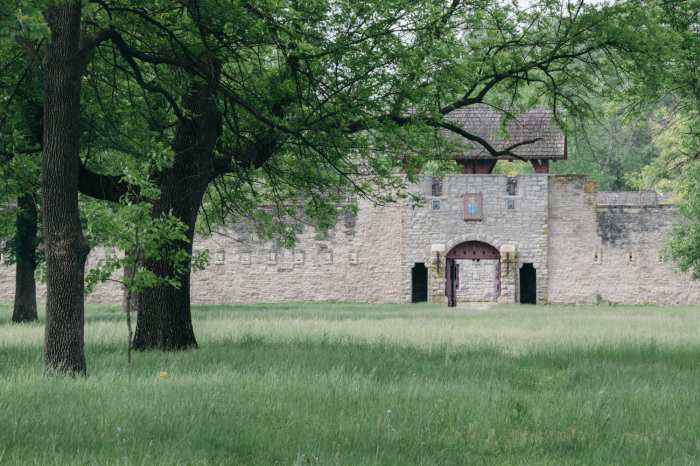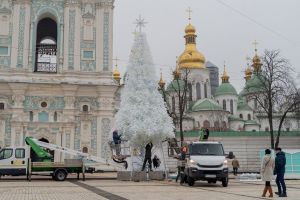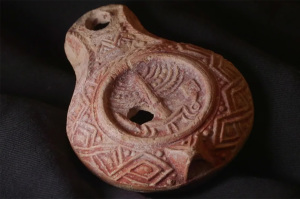3 places to go before summer ends
It is hard to believe but summer is rapidly drawing to a close.
Now is the time to get out and go somewhere.
You might, however, be surprised by the crowds. That’s because pent-up demand and effective vaccines have fully recovered domestic travel to pre-pandemic levels.
For those wanting to ease their way back to normalcy, the following three destinations are slightly off the beaten path. Each can also be reached by car, which is important since airport rental cars are few and far between.

Lunenburg
With Canada reopening its border to vaccinated Americans in early August, the Nova Scotia town of Lunenburg is a great destination for a late summer trip.
Lunenberg, located along Nova Scotia’s scenic South Shore, features a postcard-perfect, UNESCO-listed historic old town.
Think colorful wooden houses and maritime warehouses. Many of the houses, which once belonged to fishermen or merchant mariners, feature a local adaption of bay windows called the Lunenburg Bump.
One of the big landmarks is St. John’s Anglican Church on Cumberland Street. The church, the second-oldest Protestant church in Canada, was built in the 1750s using wood salvaged from a Boston church only to be heavily restored following a fire in 2001. Originally designed in the New England meeting house style, it took on an ornamented carpenter Gothic appearance in the mid-19th century.

Cincinnati
This Ohio city punches well above its weight with several excellent museums.
Cincinnati’s eponymous museum, the Cincinnati Art Museum, and the smaller Taft Museum of Art are joined by three other niche museums.
Across the Ohio River in neighboring Kentucky is the Creation Museum, which tells the story of biblical creation. Even an agnostic will admit the exhibits are done well. In fact, the museum makes it clear that Christianity and science aren’t mutually exclusive of each other. About 40 minutes away is Ark Encounter, a full-size replica of Noah’s Ark.
Back downtown at Union Terminal is the Nancy and David Wolf Holocaust & Humanity Center, which tells the story of the Holocaust. This is partly done through the latest technology — allowing visitors to see the faces and hear the voices of survivors who settled in the Cincinnati area.

Fort de Chartres
The partially reconstructed fort, near Prairie du Rocher in southwestern Illinois, sits along the Mississippi River.
It was first built in the 1750s by the French when this swath of the Mississippi River Valley was called the Illinois Country. At the time, Fort de Chartreswas the frontier of the frontier.
Several hundred miles to the east the French and British, along with their respective Indian allies, were fighting for control of the continent in the North American theater of the Seven Years’ War — a war started by George Washington in present-day Pennsylvania.
The 51st annual Fort de Chartres Rendezvous, featuring authentically dressed reenactors, takes place Sept. 11-12 on the grounds of the Fort de Chartres State Historic Site.
Nearby is the all-but-vanished Kaskaskia, the first capital of Illinois under the American flag.
Follow @dennislennox on Instagram and Twitter.
Dennis Lennox writes about travel, politics and religious affairs. He has been published in the Financial Times, Independent, The Detroit News, Toronto Sun and other publications. Follow @dennislennox on Twitter.





























